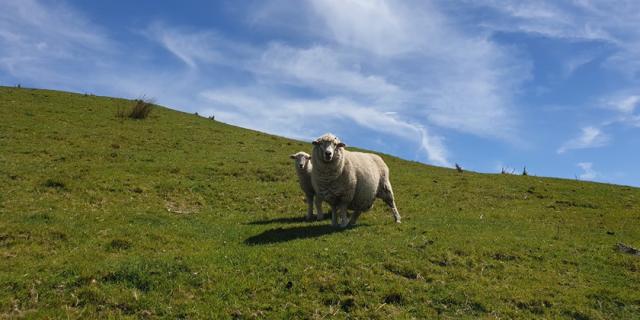This project aims to identify economically viable methods to reduce ewe losses in New Zealand flocks.

Background
Ewe losses, especially during lambing, are a major source of economic cost for sheep farmers. Research from Massey and Lincoln Universities in 2021 revealed that ewe losses can range from 2.2% to 16% annually, with two-thirds of these losses occurring during lambing, also resulting in lamb losses.
This project aims to quantify the economic costs due to ewe losses using real-world farm data, helping farmers identify economically viable methods to reduce ewe losses in their flocks.
How will this be achieved?
An established bio-economic model that can simulate the interaction between biological and economic factors on-farms will be used to accurately project changes in profitability due to variations in sheep flock dynamics, such as ewe losses.
Benefits to farmers
- Increased productivity and profitability: Economically viable strategies to reduce ewe losses will result in increased ewe longevity, higher lambing percentages, lower replacement costs and greater revenue from lambs.
- Educational resources: Development of resources that provide farmers with practical advice on cost-effective strategies to mitigate ewe losses.
B+LNZ Project Lead
Mhairi Sutherland, Senior Scientist – Animal Health and Welfare Research.
Farmer involvement
Data was collected from 20 farms (North and South Island).
Provider
Anne Ridler, Massey University
Expected end date
April 2025.